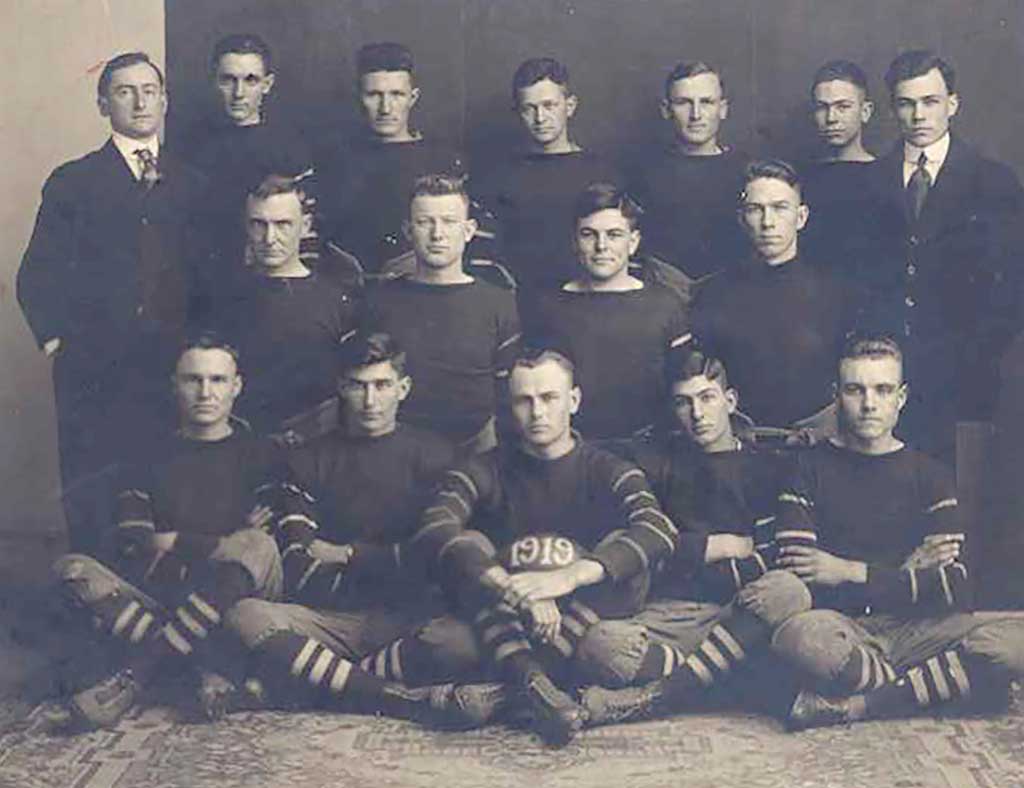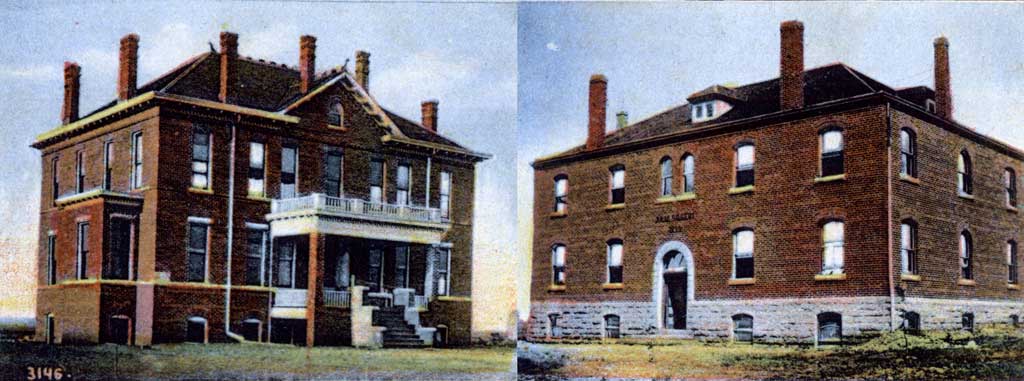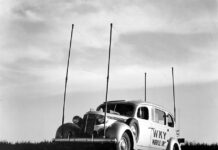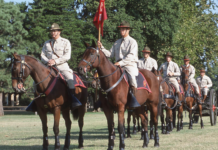
[dropcap]Just[/dropcap] outside Kingfisher is a hill that is mostly empty now. But a century ago, this area was a bustling bastion of education known as Kingfisher College.
High-achieving scholars attended long-ago classes here and achieved accolades that had far-reaching effects. The institution was only in existence for 28 years and graduated 117 students, but the quality of education received at Kingfisher College was extremely high, especially for an institution of learning established before statehood in Oklahoma Territory. And the graduates were proof.
A few years after the land run of 1889, Kingfisher had a population of 4,000. But this was where the Association of Congregational Churches of Oklahoma Territory chose to establish a college, and in 1894, Kingfisher College was chartered. And if colleges founded by the Congregational Church sound familiar, that’s for good reason.
Kingfisher College “would perpetuate excellence of the highest standards, taking its place among the ranks of fellow institutions also founded by the Congregational Church, such as Harvard, Yale and Dartmouth,” says Adam Lynn, director of Enid’s Chisholm Trail Museum, which currently features a special exhibit on Kingfisher College.
Stories of the graduates highlight the level of achievement at this small school on the prairie. Three students passed the Rhodes Scholarship examination and were accepted into the prestigious program at Oxford University just after the turn of the 20th century, Lynn says. And their achievements didn’t stop there.
Charles D. Mahaffie, one of the three Rhodes scholars, pursued a career in law and served as both an instructor of jurisprudence at Princeton, under then-university-president Woodrow Wilson, and later as solicitor for the Department of the Interior under U.S. President Wilson.
“Mahaffie would go on to serve under U.S. presidents in several capacities through 1958,” Lynn says.
Joyce Stearns, a Kingfisher College graduate, was a physicist and administrator for the Manhattan Project, which developed the atomic bomb during World War II. Stearns, director of the University of Chicago Metallurgical Laboratory, “developed the metallurgical aspects of the atom bomb from 1944 to 1945,” Lynn says. However, he also signed the Franck Report, which recommended against the use of the bomb, in 1945.

Ernest Burgess, another Kingfisher College graduate, studied the field of sociology at the University of Chicago and joined the faculty. He is credited with the Burgess method of unit-weighted regression, which attempts to measure the predictability of success for an inmate on parole. He also served as president of the American Sociological Society in 1934.
Another notable achievement of a Kingfisher College graduate was that of Harriet Parker Camden, daughter of Kingfisher College founder, the Rev. Joseph Homer Parker. Camden “would influence the state of Oklahoma by composing the first state song, ‘Oklahoma: A Toast,’ which was signed into law by the Oklahoma Legislature in 1935,” Lynn says.
Despite all its educational success, Kingfisher College was unable to weather the changes that World War I brought to the country. The college closed in 1922 after a drop in enrollment during the war and the difficult economic times afterward. According to Lynn, the Kingfisher College endowment, all academic records and library holdings were transferred to the University of Oklahoma, where the history of the school lives on in the Kingfisher College Chair of Philosophy of Religion and Ethics.
























